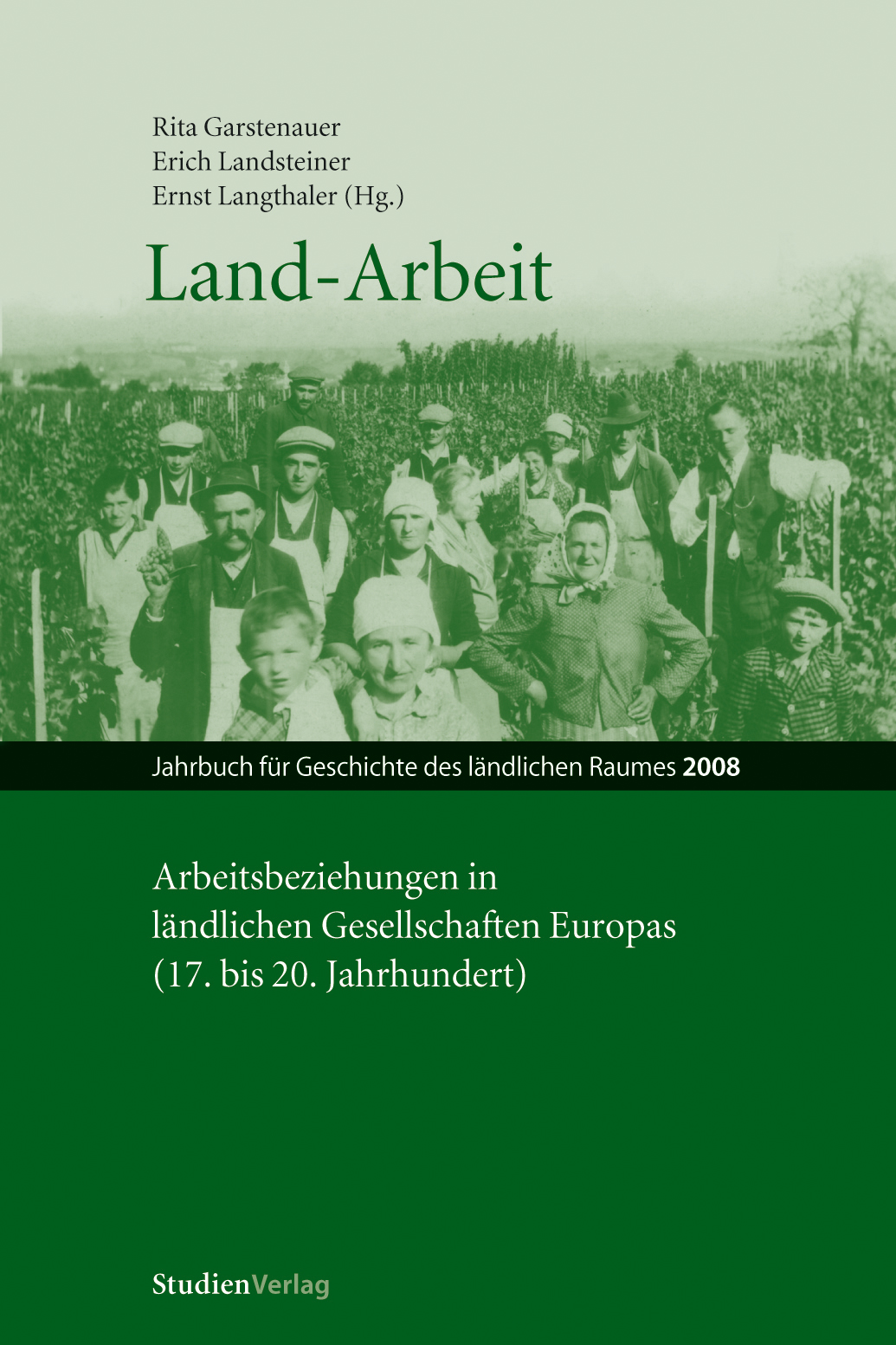Familienarbeitskraft und Nebenerwerb in unterschiedlichen Agrarsystemen
Ein Vergleich zwischen den Bezirken St. Johann/Pongau (Salzburg) und Oberwart (Burgenland) um 1970
DOI:
https://doi.org/10.25365/rhy-2008-10Abstract
Overall, family workforce had been the most important source of labour in 20th century Austrian agriculture. An increasing use of farming machines and the emergence of a consumer society based on waged labour during the second half of the century made some of the family members’ workforce obsolete on the farms, but opened the chance to increase the household income from off-farm waged work. This article aims to examine in detail the distribution of family workforce in agriculture and off-farm waged work, comparing two different situations concerning agriculture and local economy around 1970: the Alpine district of St. Johann/Pongau (Salzburg) and the eastern hill- and lowland district of Oberwart (Burgenland). Besides the differences in landscape, climate and infrastructure, the two regions compared differ also in their history of governance structures and land tenure. Data from a survey of potential workforce in agriculture for the industries and services sectors by IFES in 1970 is being re-analysed and contextualised with contemporary research and agricultural census. Two main influences on family workforce and sideline occupation ac- cording to agrosystem could be identified: First, wealth, manifest in the size of holding, and in particular the equipment with a sustainable capital like forest property; and second, the nature of off-farm working opportunities which were either adjustable or rigid in regard to the agricultural seasonal schedule.


